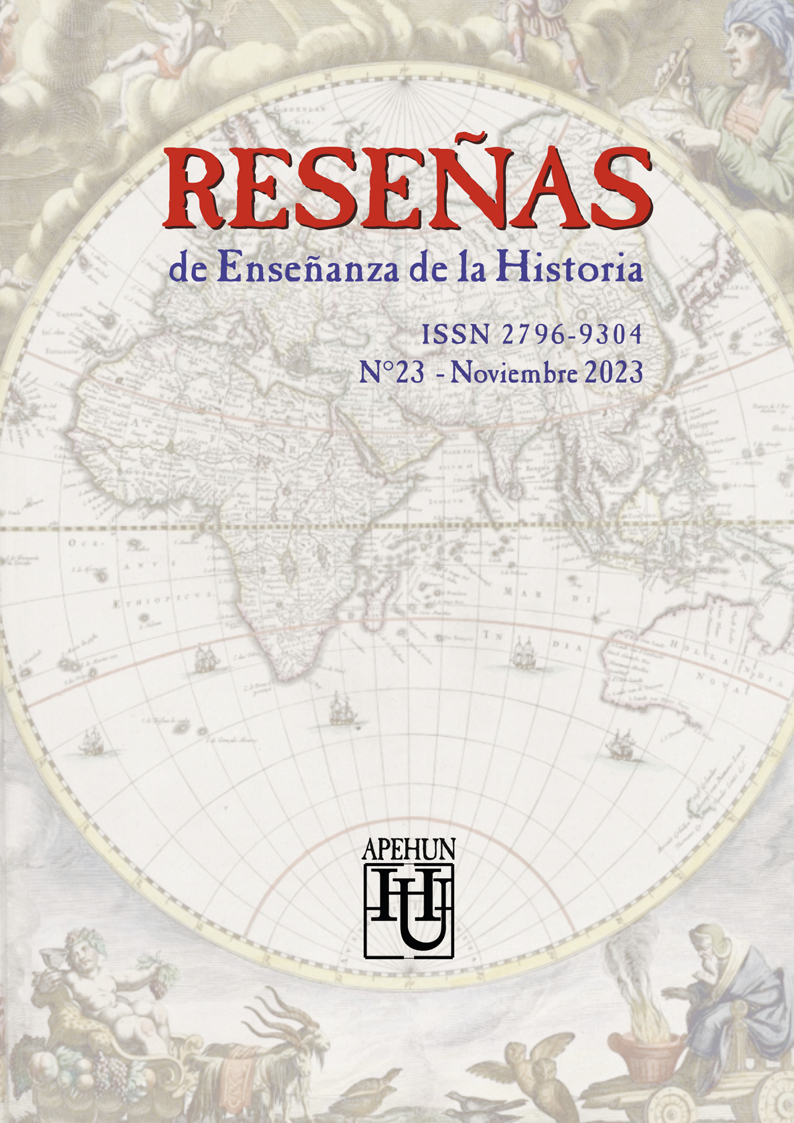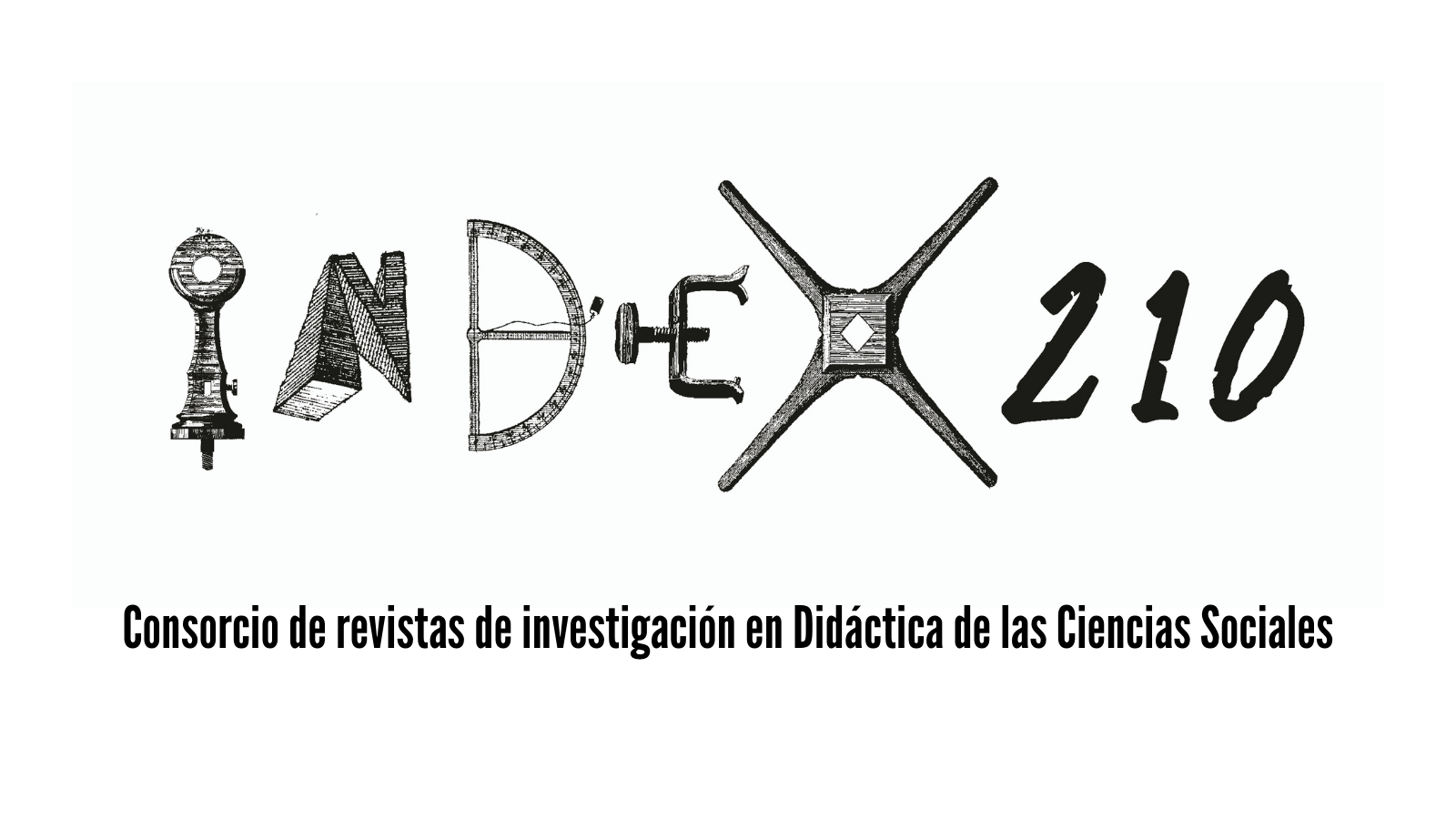Museum, school and heritage
the case of the Salesian Regional Museum of Rawson
Keywords:
Museum, school, heritage, didactic resourcesAbstract
Museums are important didactic resources that allow us to look for different ways of bringing history to our students and encouraging significant learning in them, but they are rarely used. Why is it a disused resource? Is it considered an old way?
The following research work will focus on a School Museum, the Museo Regional Salesiano (MRS) of the City of Rawson, province of Chubut, created in 1941 and organized by 6th grade students of the Primary Level of the Don Bosco Institute, together to his teacher, the teacher José Morell.
Despite the long history within the school (82 years) and the recognized importance of museums as educational resources, Secondary Level teachers rarely resort to it, that is, although they do not have to go through the bureaucracy that implies an educational output (project, insurance, transport, authorizations, etc.) they do not use it regularly.
What are the advantages of using it as a teaching resource? Is it attractive to students? Why don't teachers use the MRS when teaching? What is this lack of articulation due to? Is it possible to think of strategies that show the benefits that museums offer?
Downloads
References
Alderoqui, S. (Comp.) (1996). Museos y escuelas: socios para educar. Ed. Paidós.
Alderoqui, S. (2002). Museos y escuelas: una sociedad fructífera. En: Memorias del Seminario Internacional Interdisciplinariedad y Currículo. Construcción de proyectos escuela-universidad. f/d.
Cagigas, M. (2013). La curaduría educativa: análisis, reflexiones y estudio de casos (Tesis de Maestría). Universidad Nacional Autónoma de México.
Dujovne, M. (1995). Entre musas y musarañas, una visita al museo. Fondo de Cultura Económica.
Hisse, C. (2005). Hacia una mejor calidad de la educación rural: Ciencias Sociales.Dirección general de cultura y educación de la provincia de Argentina.
International Council of Museums (INCOM). (2022). Definición de museo. Recuperado de: https://icom.museum/es/recursos/normas-y-directrices/definicion-del-museo
Museografía didáctica en historia. (2004). Iber Didáctica de las Ciencias Sociales,Geografía e Historia, Nº 39. Ed. Graó.
Navas, C. (2023). Los museos escolares en la enseñanza de la historia dentro de la educación secundaria. Análisis de un caso: el Museo Regional Salesiano de la ciudad de Rawson, Provincia del Chubut (Tesis de Maestría). Universidad Nacional de la Patagonia San Juan Bosco, Facultad de Humanidades y Ciencias Sociales.
Taboada, M. (2021). Secuencias didácticas: preguntas y respuestas. Ateneo Aula.
Downloads
Published
How to Cite
Issue
Section
License
Copyright (c) 2023 Reseñas de Enseñanza de la Historia

This work is licensed under a Creative Commons Attribution-NonCommercial-NoDerivatives 4.0 International License.
Reseñas de Enseñanza de la Historia distribuye sus contenidos bajo la licencia https://creativecommons.org/licenses/by-nc-nd/4.0
Usted es libre de:
Compartir - copiar y redistribuir el material en cualquier medio o formato.
La licenciante no puede revocar estas libertades en tanto usted siga los términos de la licencia.










